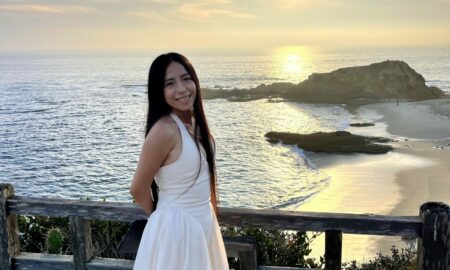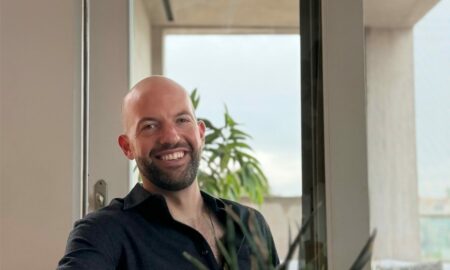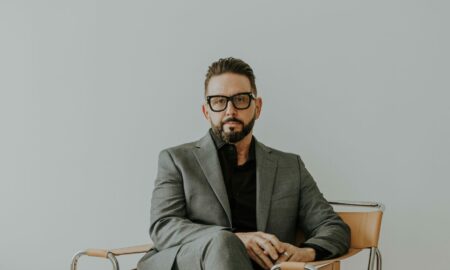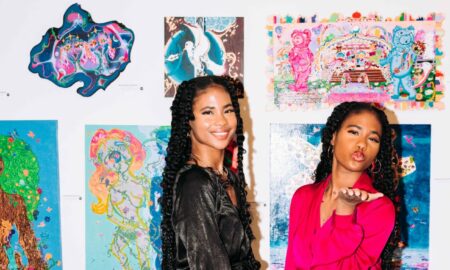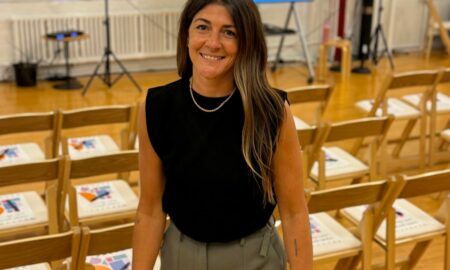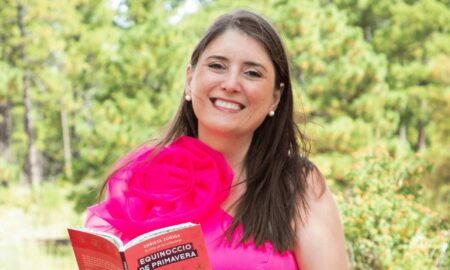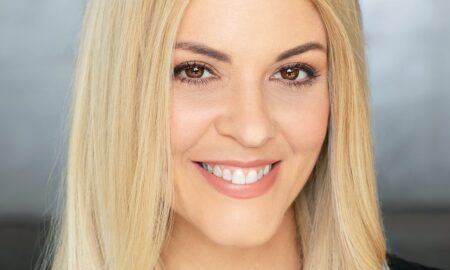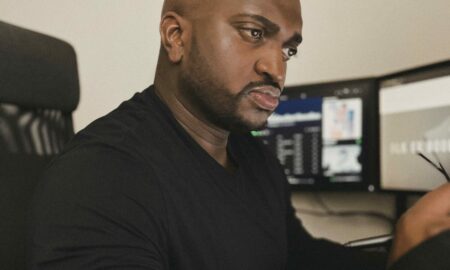

Today we’d like to introduce you to Cassia Davis.
Cassia, we’d love to hear your story and how you got to where you are today both personally and as an artist.
I’m an artist based in Los Angeles, and I make photo grids to talk about mental illness and how we treat it.
I studied broadcast journalism and photography at New York University. After school, I worked in the non-profit sphere and in documentary film. I’m interested in telling stories about things no one likes to talk about.
I’ve fought depression and anxiety for years. My symptoms came to a head after I quit my job in New York and moved to Australia. I worked part-time as a waitress while I was there, just enough hours to support myself. My schedule left me with more free time than I knew what to do with, and it didn’t take long for all that time to come crashing down around me. I was drowning in it. What I didn’t realize then is I had been burying myself in work because I liked being buried: I had no self-esteem and no direction, so I kept myself too tired and too busy to think about it, and I used the praise I got at work and the A’s I got at school to validate my existence. Without that source of external validation, I fell apart. I had to face the truth: I wasn’t happy.
Worse, I didn’t know how to be happy.
I saved some money and used it to backpack through Asia for six months. I took a lot of photographs. I wasn’t sure what it was, but I knew I was searching for something. My photography from that period is a far cry from what I make now in that it’s easily recognizable as documentary, but even then I was drawn to tell uncomfortable stories and ask hard questions: about the impact of globalism and the tourism industry, the clash of Eastern and Western cultures, inequality, ethnocentrism, and more. More than anything, I was questioning myself.
By the time I got back to America, I still hadn’t found many answers. I fell back into old habits. I got a steady job and I went back to school to get my MFA at Otis College of Art and Design. It was my first time enrolled in a dedicated art program and it was a shock to me just how much background in art theory and history could open up my art and stoke my creativity. I’m still finishing up at Otis, and I still don’t have all the answers, but I feel more fluent today in the language of art than I ever have. Abstracting my documentary photography has allowed me to dig deeper into mental health and ask better, more uncomfortable questions. Questions like: are the drugs we prescribe and use to treat mental illness doing what we want them to do? What, exactly, do we want these drugs to do?
We’d love to hear more about your art. What do you do and why and what do you hope others will take away from your work?
I call my current project “As Needed.” Each work consists of 24 photographs arranged in two 60×60 grids, and each is assigned a color that I’ve chosen based on the emotional qualities that I associate with using that drug. Color is an essential part of all my work. It is one of the most intimate, personal experiences a person can have.
The theme of the project is reflected in each set’s title (which are images themselves: the chemical structures of Mirtazapine, Nicotine, Caffeine, Tetrahydrocannabinol, etc) and also in the method used to produce the photographs. They are not abstracts. Each image captures the progressive breakdown of a drug in its surroundings. The liquid substance in the images is a highly corrosive acid (HCl) in a glass pool that closely mimics the conditions found in a human stomach. You may notice a pill, or white dust motes floating in a current, or ashes. Each set of grids chronicles a real drug as it’s digested in my artificial stomach.
With As Needed, my goal is to interrogate the pharmaceuticals I routinely put in my body. I want to better understand what my drugs make me feel when I use them, and how I feel about my drugs. That goal is integrated into every facet of my work: my compositions, the swirling analog colors I create with refracted light and gels (the acid itself is clear), the two rigid 4×3 grids I force myself to carve out of my hundreds and hundreds of raw files at the end of every shoot. In each set of grids, there are 24 photos. But if you look close, every photo has a twin. One twin has been auto-enhanced by expensive editing software. The other twin is a raw image, untouched. Which is which? Is the enhancement tool doing what it’s supposed to do?
This is an ongoing project.
The stereotype of a starving artist scares away many potentially talented artists from pursuing art – any advice or thoughts about how to deal with the financial concerns an aspiring artist might be concerned about?
As someone who works a full-time job, I know firsthand that it’s a huge challenge to find the time and mental space to focus on creating.
I’ve found that I do best when I set blocks of time dedicated to my art and hold myself to that schedule. Weekends, weeknights, whenever I can! If I end up staying up late to create and I’m tired at work the next day or I have to work late so I can make more time for my art, I know I’m doing it because it’s something I love and that the final product is worth it.
Do you have any events or exhibitions coming up? Where would one go to see more of your work? How can people support you and your artwork?
You can find my work at cassiadavis.com and I’ll have a show-up on January 17-23 at Otis College of Art and Design.
I love studio visits! Send me an email or contact me through my website if you’d like to learn more or just want to come have a coffee and talk about art and life.
Contact Info:
- Website: cassiadavis.com
- Email: [email protected]
- Instagram: the_casbah




 Image Credit:
Image Credit:
Studio Portrait: Chris Stoltz, Installation Portrait: Cecilie Carnes
Suggest a story: VoyageLA is built on recommendations from the community; it’s how we uncover hidden gems, so if you or someone you know deserves recognition please let us know here.












